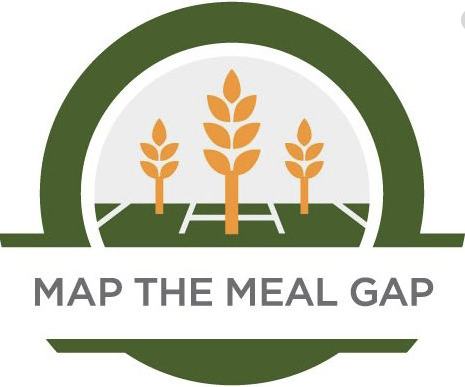 Feeding America, the nation’s largest hunger relief organization, released their annual “Map the Meal Gap” study.
Feeding America, the nation’s largest hunger relief organization, released their annual “Map the Meal Gap” study.
The study of food insecurity information details for Nodaway County sees a projected 2020 for children up to 18 years old at 26.4 percent. The overall food insecurity rate for the county population is projected at 19.4 percent for this year.
The Feeding America data for 2018, which is the most recent data provided, is 13.8 percent for the overall population while children for that time period was 16.2 percent. The findings of this study identified over 45,000 individuals, seniors and children who suffered from food insecurity in 2018 throughout the Second Harvest Community Food Bank 19-county service area.
“We use this data to best align our services to meet the need in every county we serve. We work to ensure adequate and equitable food distribution throughout our service territory and Map the Meal Gap data drives our strategy.” Chad Higdon, chief executive officer for Second Harvest Community Food Bank said. “In response to COVID-19 we are utilizing a companion study released by Feeding America that projects the impact of the pandemic on local food insecurity in 2020.”
Hunger is defined as a feeling of discomfort or weakness caused by lack of food, coupled with the desire to eat. The current crisis, according to Feeding America projections, indicates that more than 54 million people including 18 million children may experience food insecurity due to COVID-19.
Second Harvest is combating hunger within Nodaway County, through direct services and programs. Last fiscal year, Second Harvest distributed 666,200 pounds of food, that is 555,166 meals, to those in need within Nodaway County. Second Harvest continues to evaluate data monthly and make adjustments to serve those in need within Nodaway County.
“We have to continue to evaluate data and adjust to what we are seeing within each county,” Blake Haynes, communications coordinator for Second Harvest Community Food Bank said. “In doing so, we are striding toward our vision of a hunger-free Northwest Missouri and Northeast Kansas.”




Facebook Comments